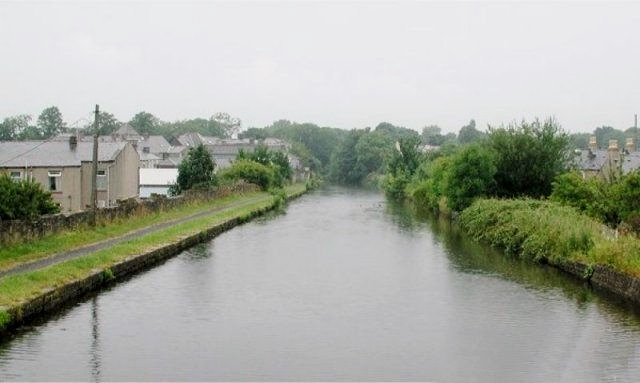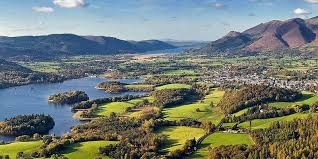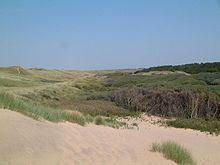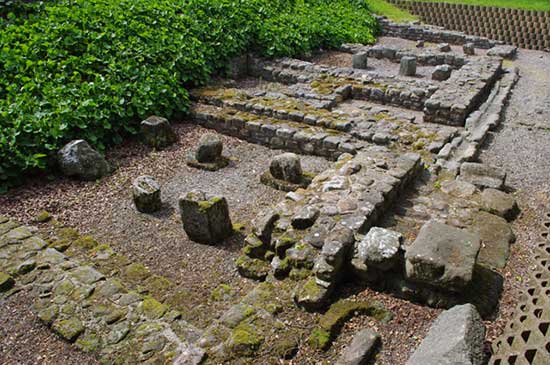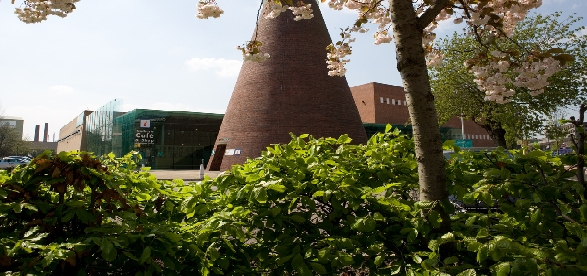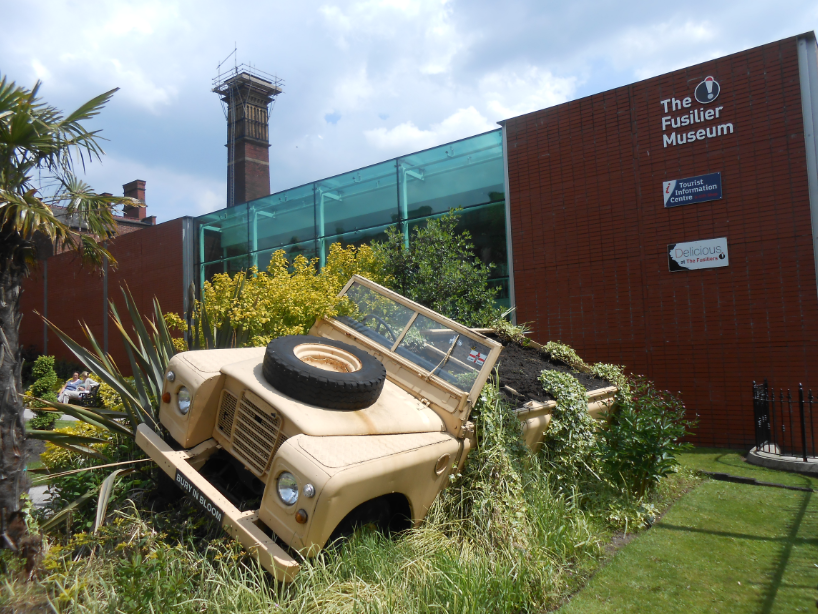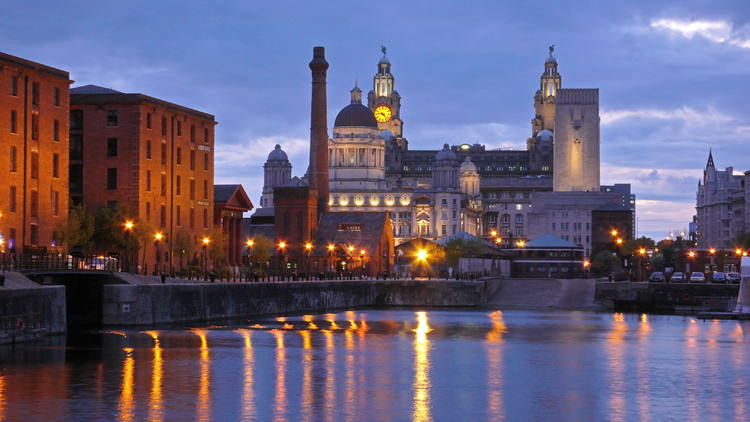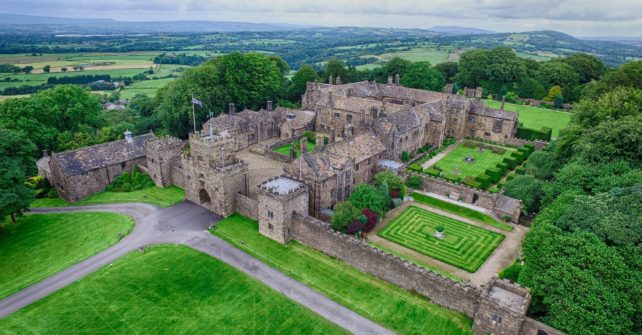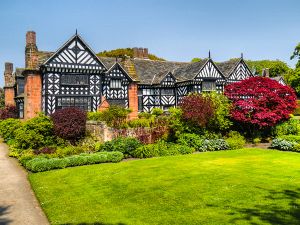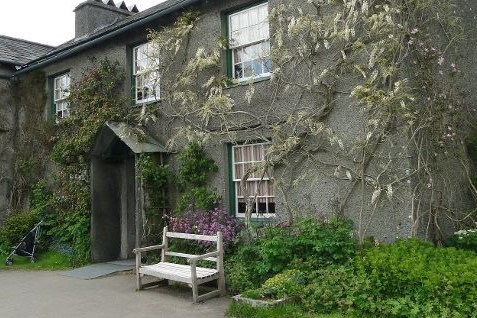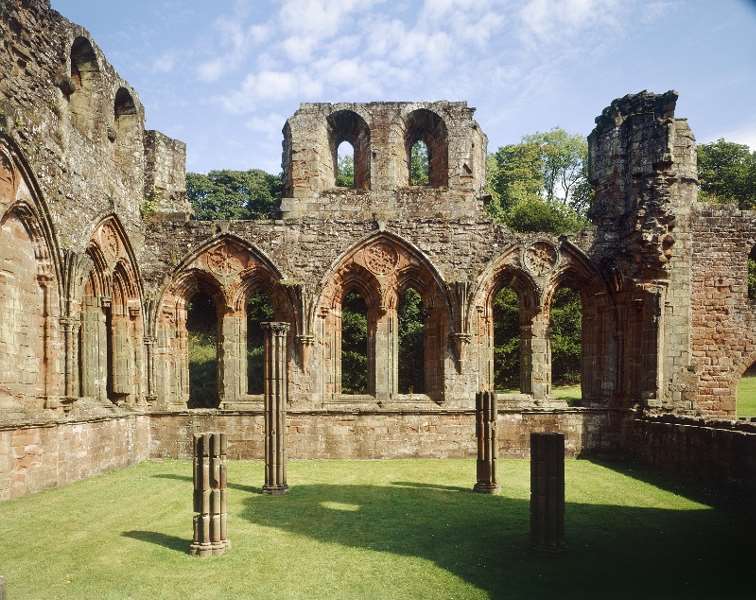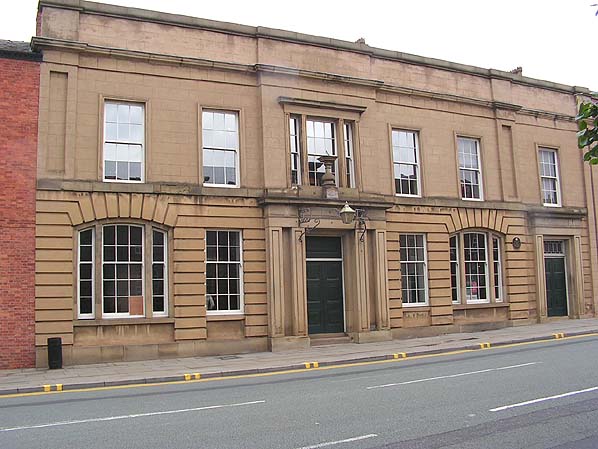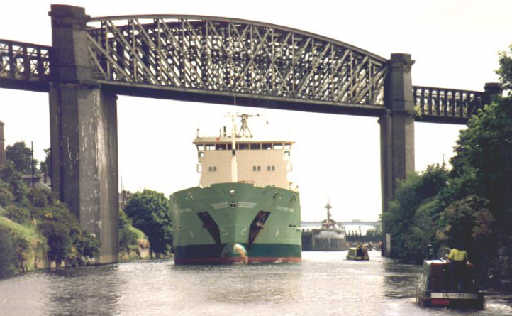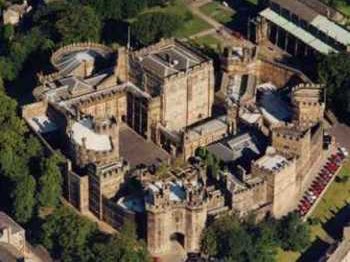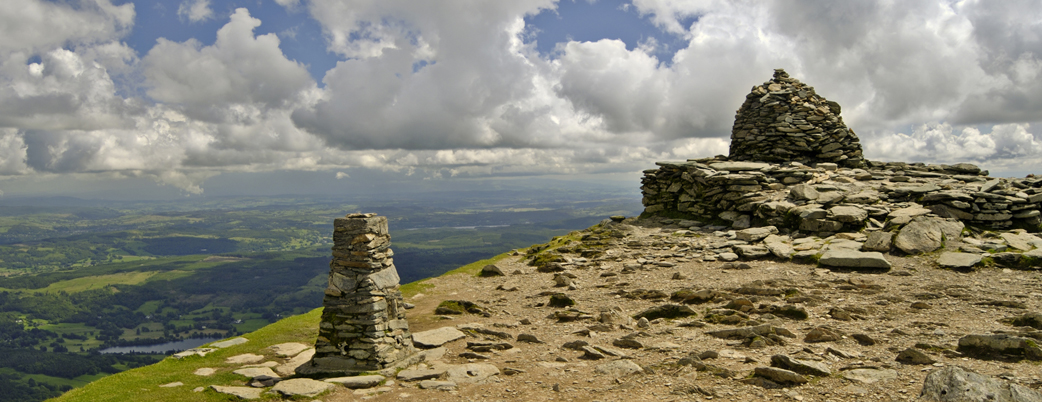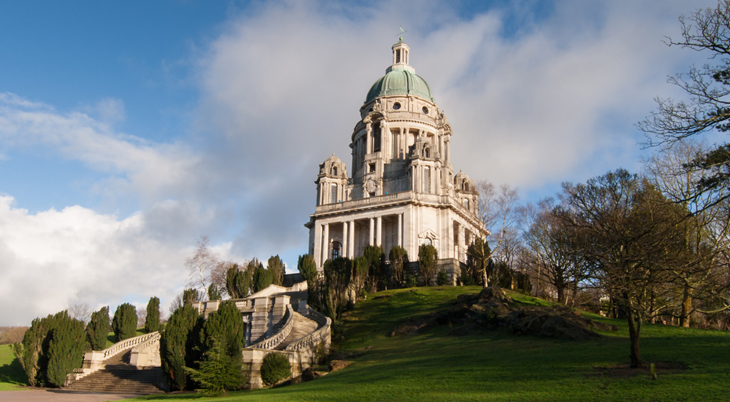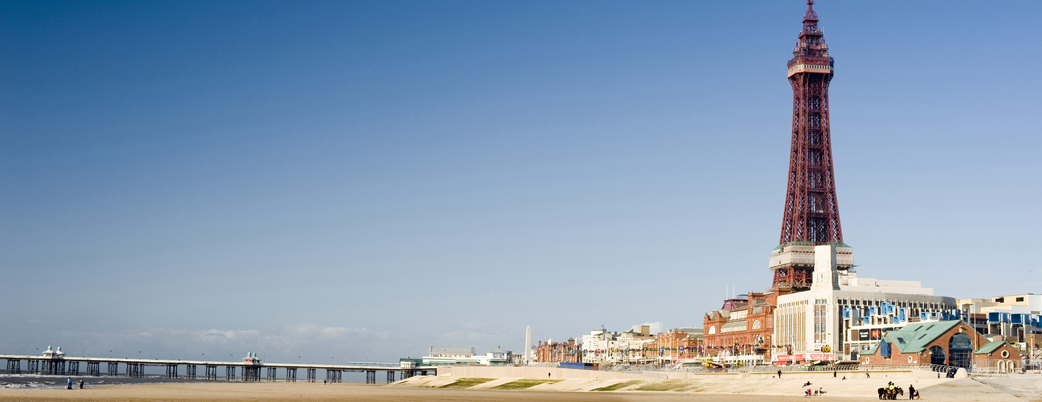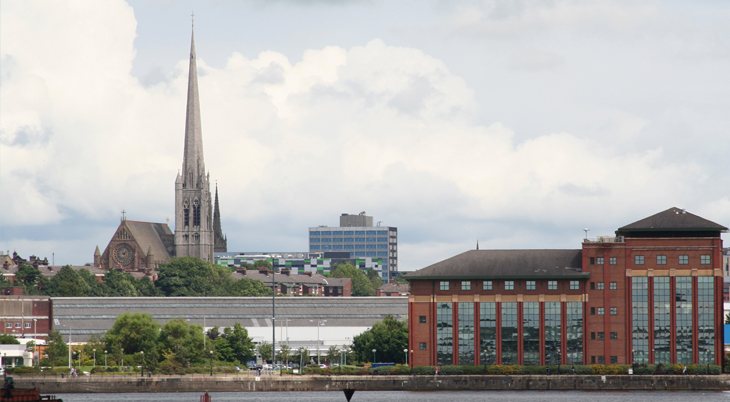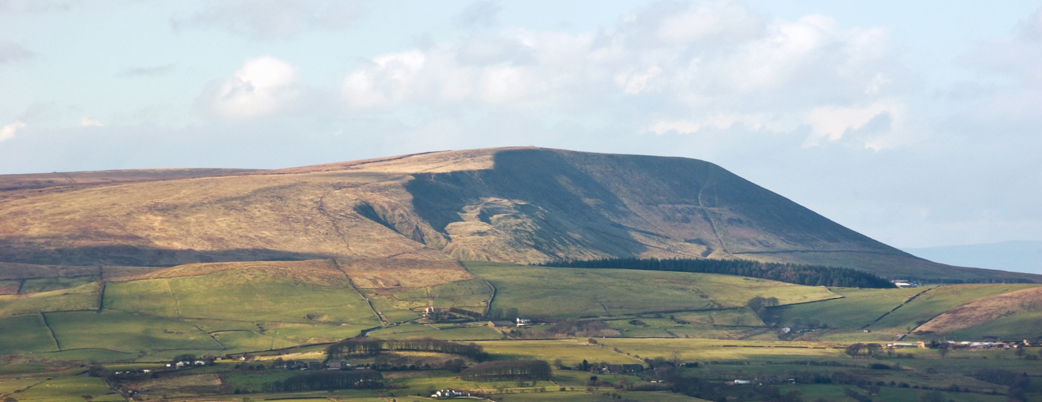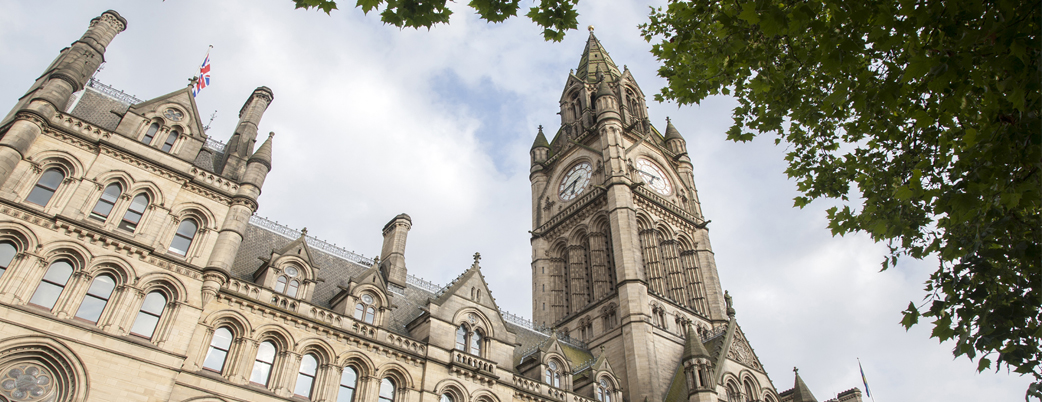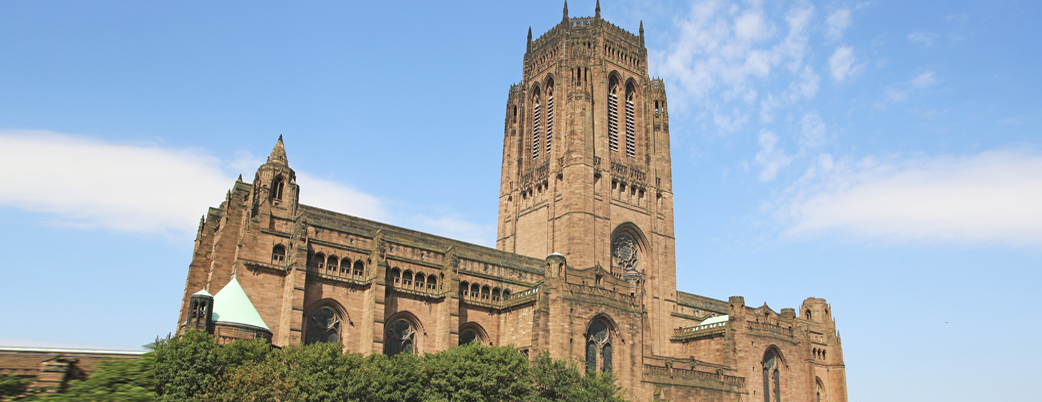Welcome to Friends of Real Lancashire
 Friends of Real Lancashire are concerned to promote the true identity of our county which has been extremely confused in the minds of some people, especially those working in the broadcasting and newspaper industries, since the local government reorganisation of 1974.
Friends of Real Lancashire are concerned to promote the true identity of our county which has been extremely confused in the minds of some people, especially those working in the broadcasting and newspaper industries, since the local government reorganisation of 1974.
The Government at that time stated that the "new counties" were administrative areas only, and that the boundaries of traditional counties such as Lancashire had not been changed. Unfortunately, the media refer to these administrative areas all too frequently and ignore the fact that places such as Barrow-in-Furness, Liverpool, Manchester, Warrington, etc. are still in Lancashire.
If administrative areas had not been called counties much of this confusion would have been avoided. The Royal Mail has at last dropped the use of administrative county names in postal addresses, and names such as Cumbria and Merseyside do not appear in the current Royal Mail Postal Address Book.
[Read more about Lancashire County Palatine]




